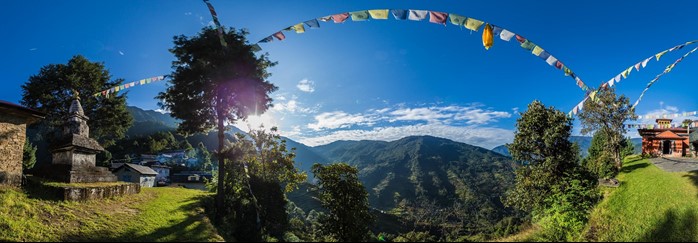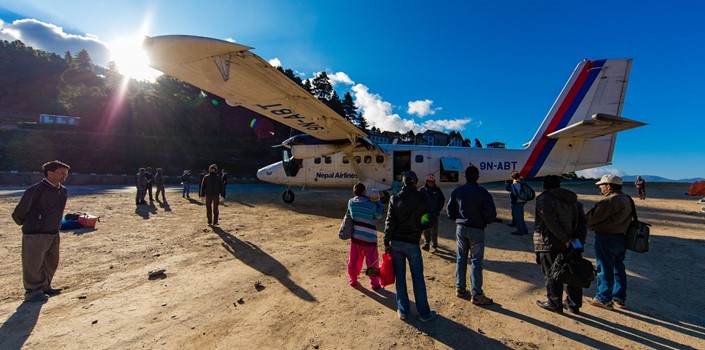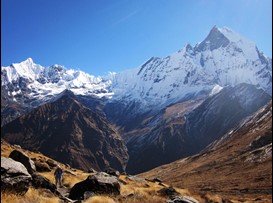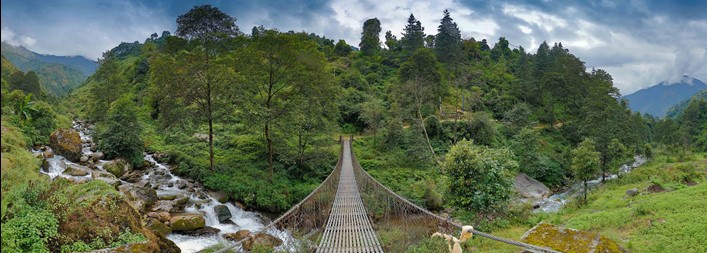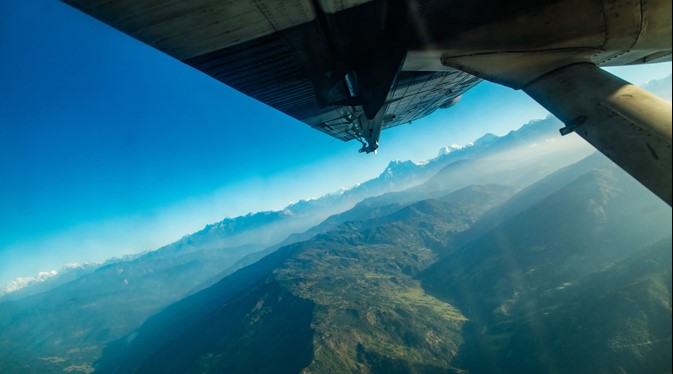PLAN YOUR TOKYO VACATION
Lights, sushi, manga! Sprawling, frenetic, and endlessly fascinating, Japan’s capital is a city of contrasts. Shrines and gardens are pockets of calm between famously crowded streets and soaring office buildings. Mom-and-pop noodle houses share street space with Western-style chain restaurants and exquisite fine dining. Shopping yields lovely folk arts as well as the newest electronics. And nightlife kicks off with karaoke or sake and continues with techno clubs and more. Whether you seek the traditional or the cutting edge, Tokyo will provide it.
How to Maximize This Tokyo Itinerary
With over 100 different train/subway lines spanning across the 20+ district wards in Tokyo, navigating around the city can be quite overwhelming especially for first timers. But don’t worry! I’m sharing with you some of my Tokyo travel tips on how you can avoid getting lostand how you can maximize your precious vacation time.
- Rent a pocket wifi so you can access Google Maps while on the go. In Japan, free wifi is hard to find and Google Maps can only be accessed when you’re online. Subways and trains in Tokyo are highly sophisticated and you will need real-time train schedule most of the time to get on the right train. During my first trip to Japan, I made a huge mistake of not booking a pocket wifi which led me to get lost in back alleys without street names. I also missed a number of destinations in my itinerary as a result. Since then, I’ve always pre-booked my pocket wifi before arriving in Japan and have never looked back. I’ve personally used Pupuru Pocket Wifi in my past 5 trips and can highly recommend them for their consistent reliable service and for their blazing fast wifi speed. Learn 5 reasons why you need a pocket wifi in Japan in this blog post. Check out rates and book your Pupuru pocket wifi here.
- Get a Suica reloadable transport card and load up for seamless commute. Buying individual train tickets for your everyday commute in Tokyo can a huge time waster. Save time with a Suica card which you can use from subways, trains to buses. You can even use your Suica card to buy groceries from convenience stores.
- Check if your hotel is located in a strategic location. By picking a highly convenient hotel in prime locations in Tokyo like Shinjuku or Ginza, you will not only save some money from transport expenses but you will save a lot of time! Less commute time means more time to explore the beauty of Japan.
Check out Asiatravelbug’s Where to Stay in Tokyo Guide to learn the best areas to stay in Tokyo and recommended hotels for tourists.
- Transferred from Haneda Airport to Shinjuku using Airport Limousine Bus.
- Checked in at Hotel Sunroute Plaza Shinjuku. This hotel sits on an unbeatable location in Shinjuku with spacious standard rooms for Japanese standards. Hotel Sunroute Plaza Shinjuku is highly recommended by Asiatravelbug. I will definitely stay here again when I return to Tokyo if rooms are available. This hotel is highly popular and it’s common for all of their rooms to get sold out, so book early! Standard twin rooms start at USD 200/night while economy rooms start at USD 150/night. Check out live rates of Hotel Sunroute Plaza Shinjuku in Agoda and Booking.com.
- Strolled around Sumida Park overlooking Sumida River and Tokyo Skytree.
- Walked around charming Tokyo’s old neighborhood Asakusa. Saw locals praying in Sensoji Temple. Shopped for souvenirs and bought Japanese snacks while strolling along Nakamise shopping street. Didn’t try the human powered rickshaws but was able to get some good photo snaps.
- Went to Ueno Park for cherry blossom viewing and dinner. Even without cherry blossoms, Ueno Park is still worth to see. This park is the biggest and most popular public park in Tokyo.
Tokyo Itinerary Day 3: Mount Fuji and Hakone Day Trip from Tokyo
- Took a bus from Shinjuku Station to Gotemba Bus Interchange. Saw Mount Fuji several times on the bus while on the way to Gotemba.
- Went to Gotemba Peace Park aka Heiwa Park and had magnificent views of Mount Fuji and cherry blossoms.






